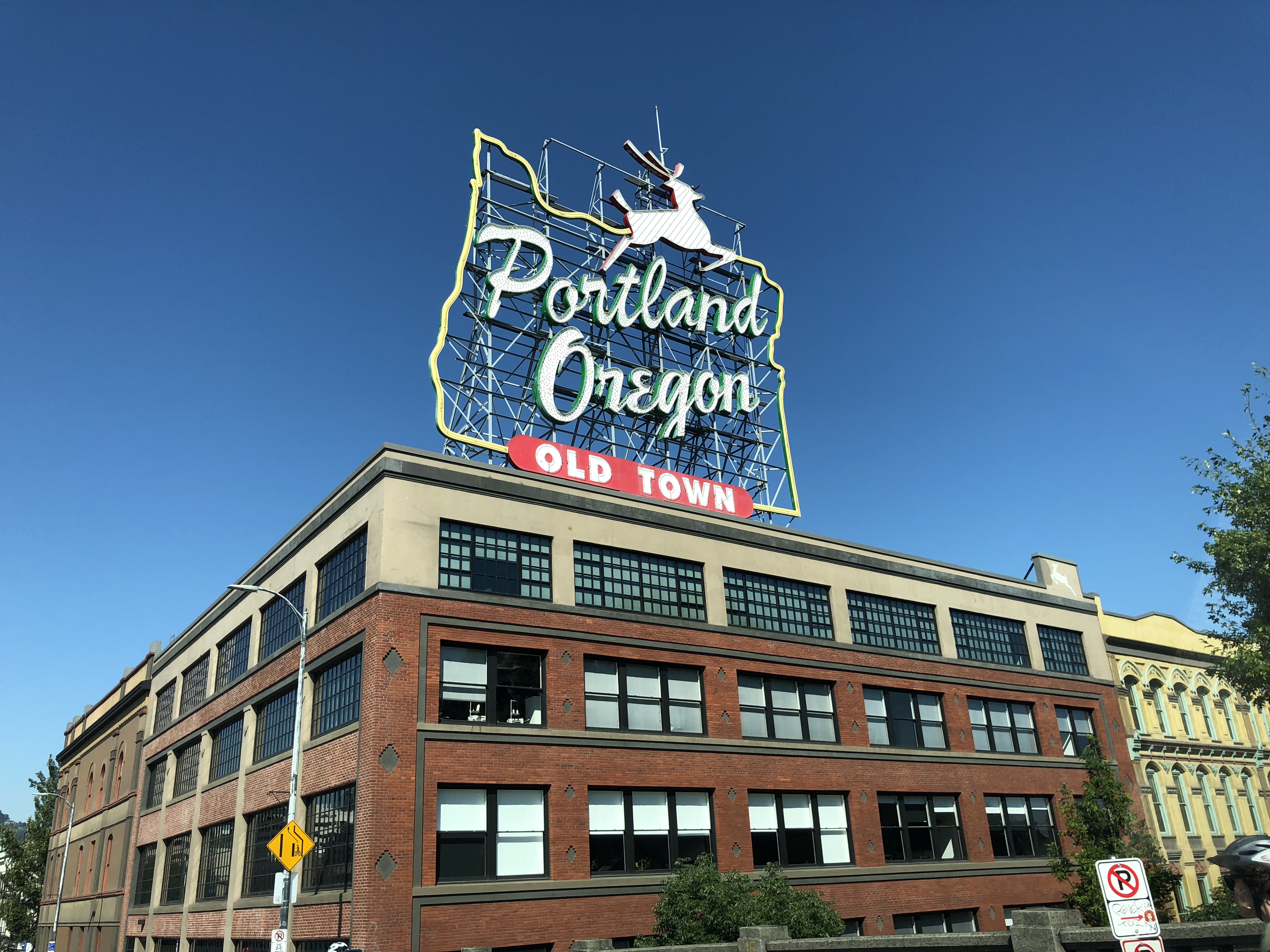Portland is an unusual and unique place with its own culture. In our three-day stay in Oregon’s largest city (pop: 2.4 million), we attempted to uncover what exactly that was.
I’ll start with coffee, which is a big deal here. It seems that ‘local’ is the way to a Portlander’s wallet. While researching the ‘best coffee’ in town, this turned out to be a contentious topic. But the local chain ‘Stumptown Coffee Roasters’ seems a strong contender. The founder is known to visit coffee farms in person and regularly overpay for beans. I’m not sure why, but this seems to have worked, and apparently customers don’t mind accepting the higher prices that result. We visited two of their locations and liked the taste. The company has recently been sold to a coffee conglomerate and is in the process of expanding – it’ll be interesting to see how things go from here. The name ‘Stumptown’ is an old nickname for Portland that goes back to its origins as a major logging centre, one that was presumably rapidly surrounded by stumps.
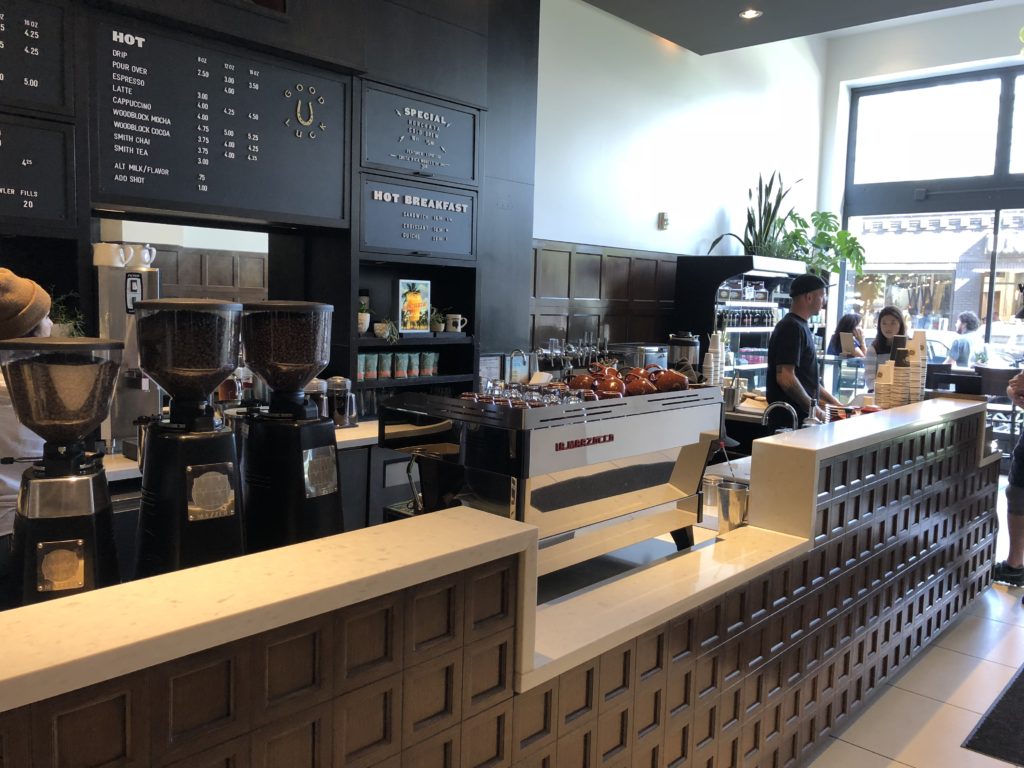
Food trucks have been perfected here. Certain blocks of downtown Portland have been designated as food truck zones, and the number and variety is astounding. We found ourselves at a food truck every day and trying all sorts – Thai, Turkish, Korean, Mediterranean, Chinese – often with an interesting take on traditional food. These trucks were very busy during lunch time, and seemed well supported by locals.
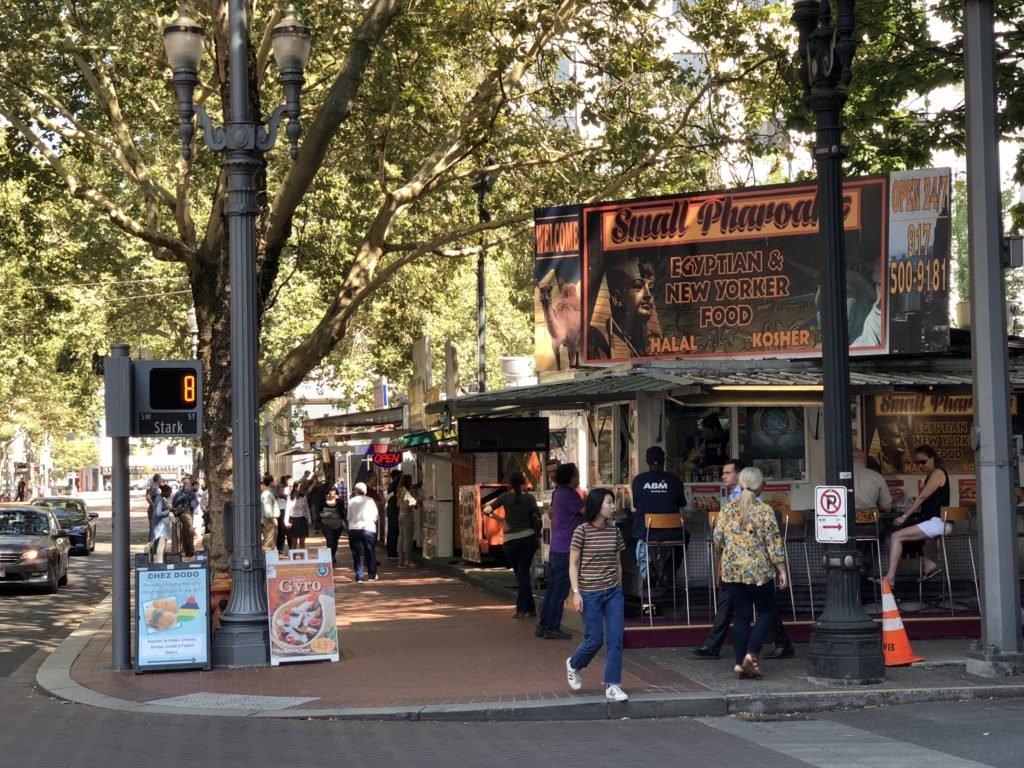
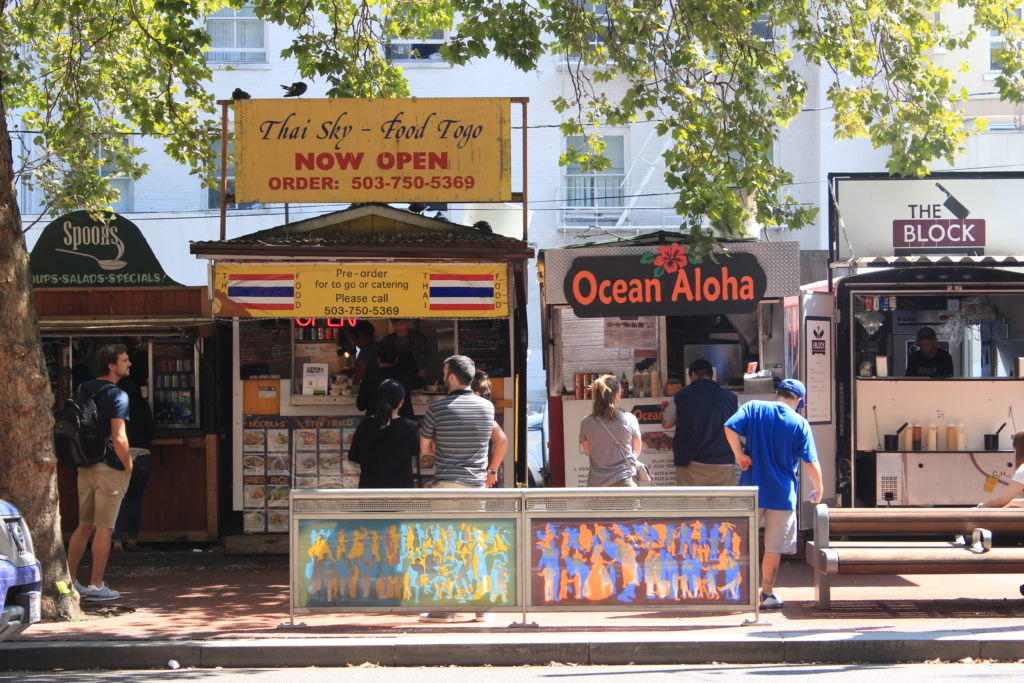
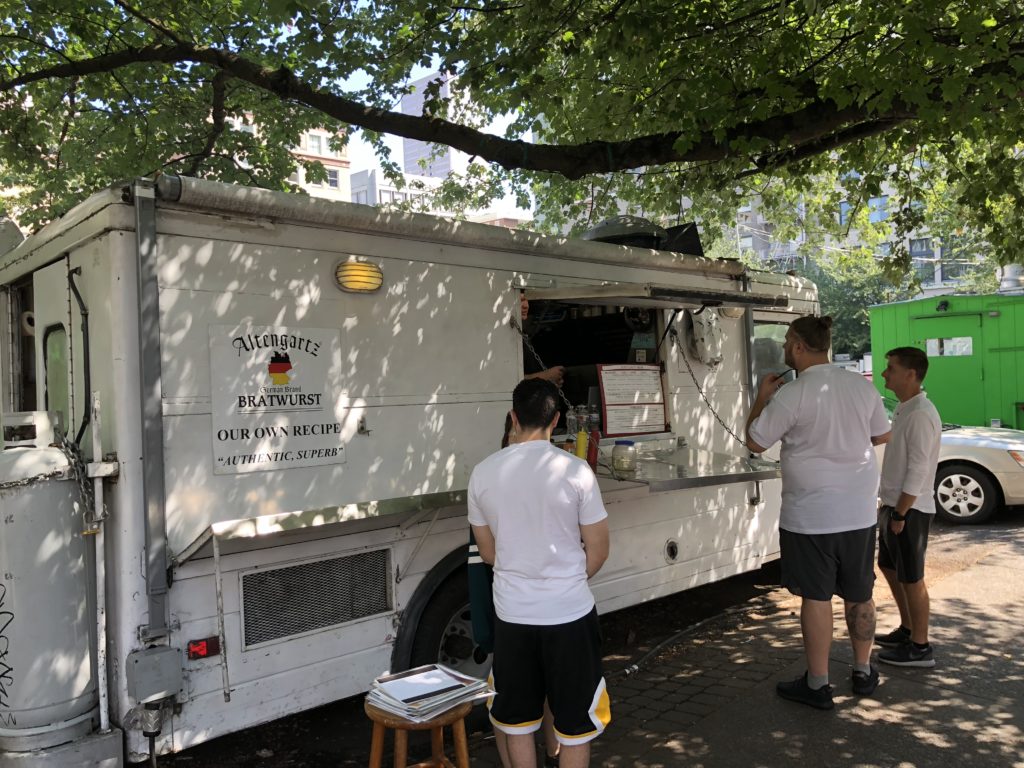
And then there are the breweries – 85 in total, the largest number of breweries in any city in the world. It’s often referred to as the best beer city in the country, and earned the nickname “Beervana”.
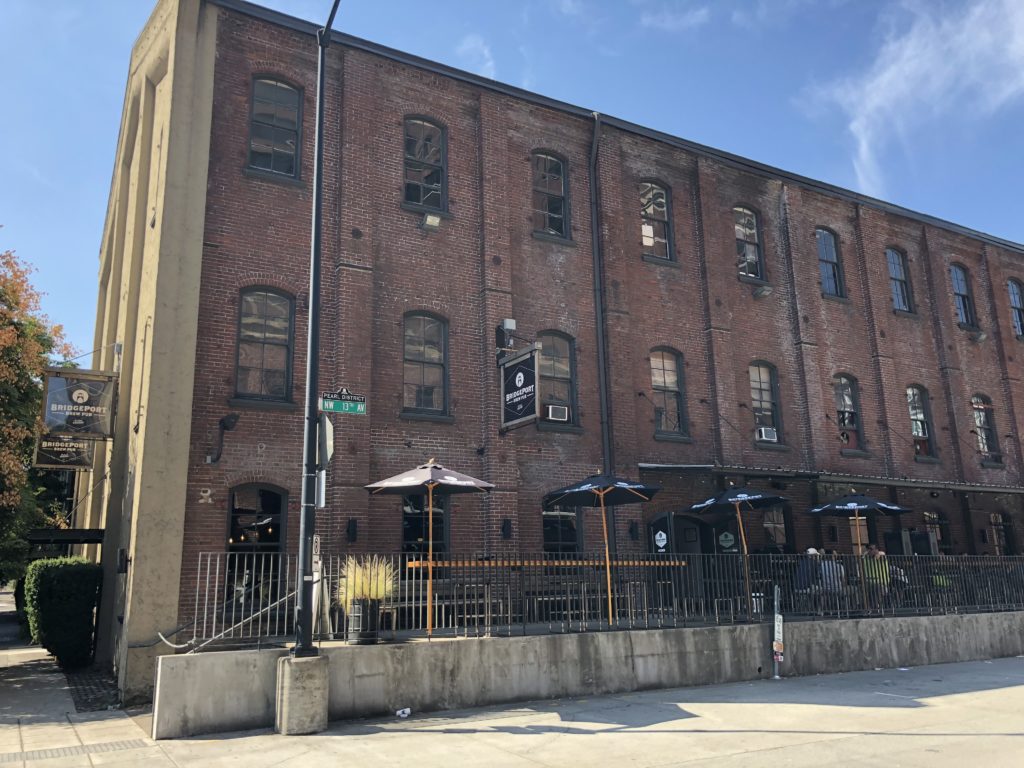
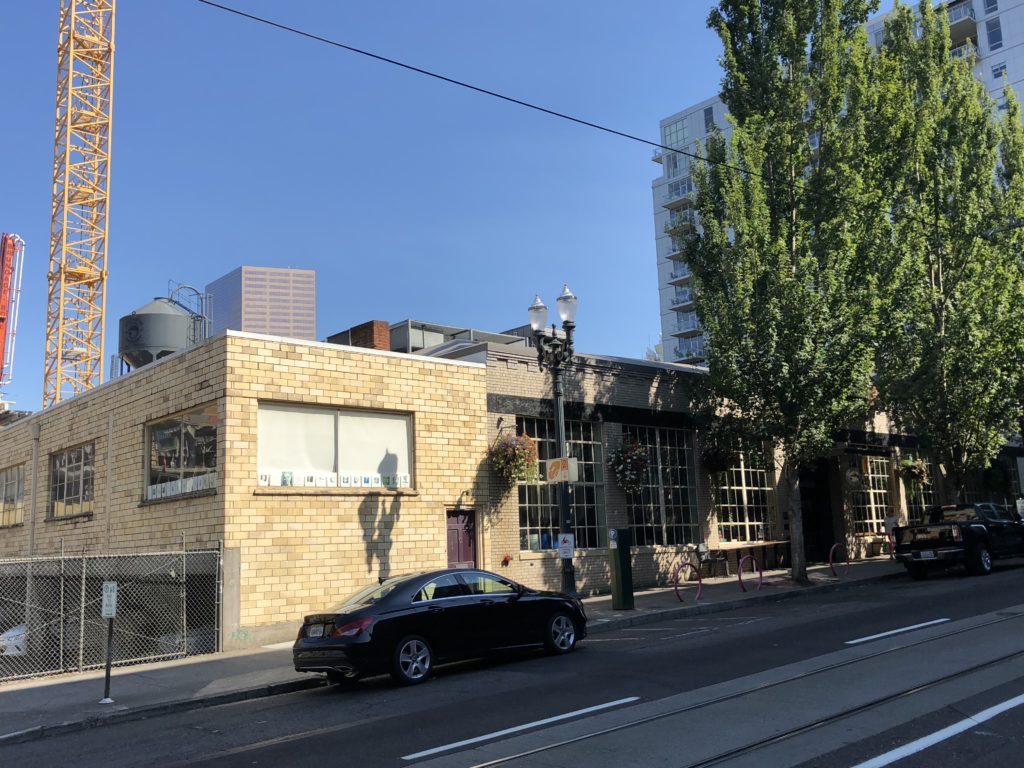
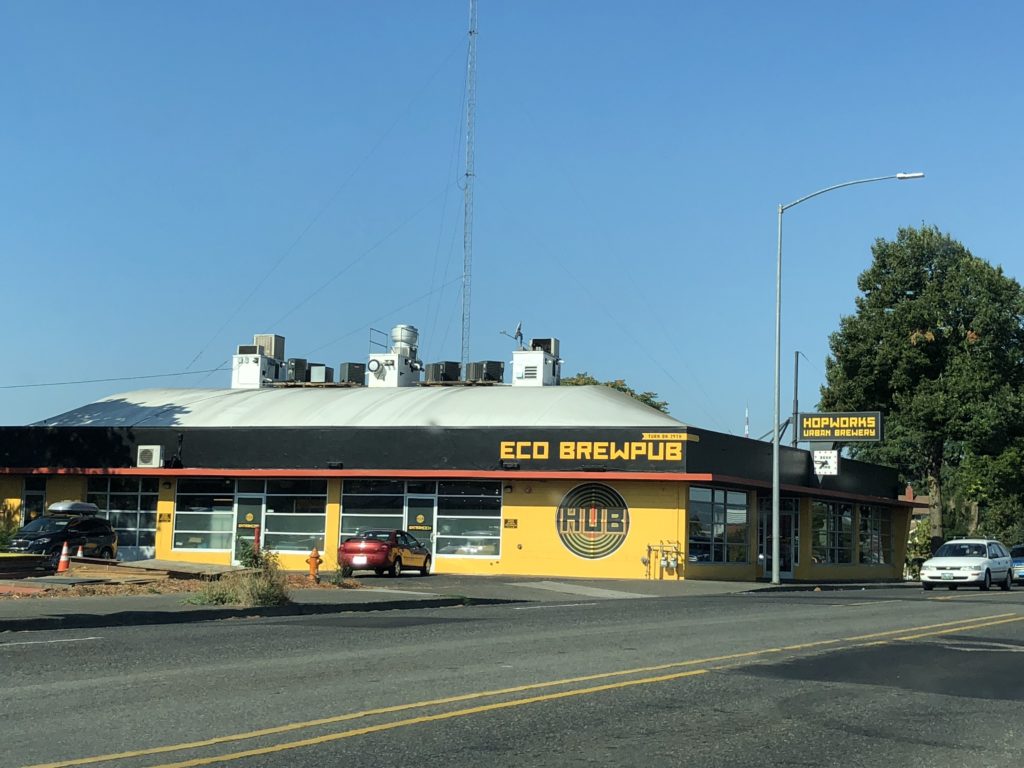
We found a few great neighborhoods, like the Pearl District and the Northwest District. These areas in particular, and the city more generally, has a pretty comfortable feel. It wasn’t always like this. A century ago, Portland ranked as one of the most dangerous and violent cities in the world. But now, even close to downtown, it seems laid back, calm and casual.
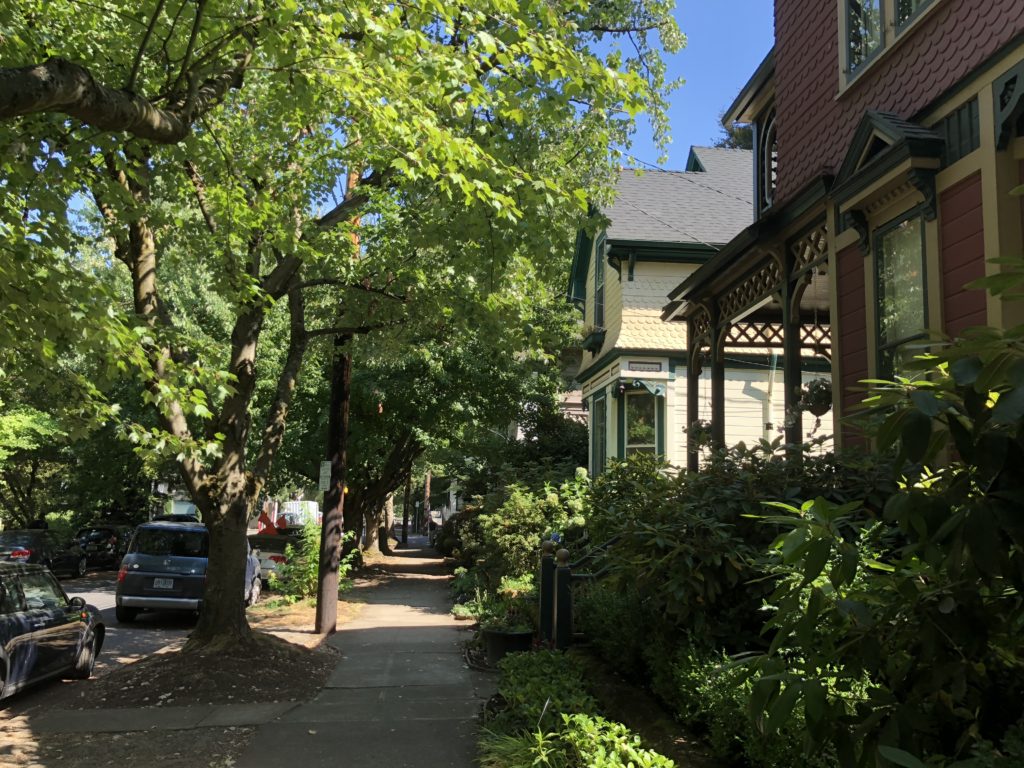
Portland is in the heart of Nike-country. Phil Knight was born and raised in Portland while Nike is headquartered in neighbouring Beaverton. While you can’t take a tour of the headquarters, the flagship store in downtown Portland is worth a visit. Nike’s “Air Jordan” basketball shoes are one of the company’s classics. The first pair was designed specifically and exclusively for Michael Jordan in 1984, but released to the public soon after. Each year, a new version of the shoe has been released (along with a bunch of variations). At the store, the progression of these iconic shoes is displayed year by year (a few are shown below). There was an element of marketing genius during the introduction of these shoes. The first prototype of the Air Jordan 1 was banned by the NBA because of its colour scheme (breach of a fairly simple league rule about the composition of required colours). When introducing these shoes to the public, Nike played on this ban by hinting that the shoes gave the wearer an unfair competitive advantage. Given this pitch, which budding basketball star would not have wanted to own a pair?
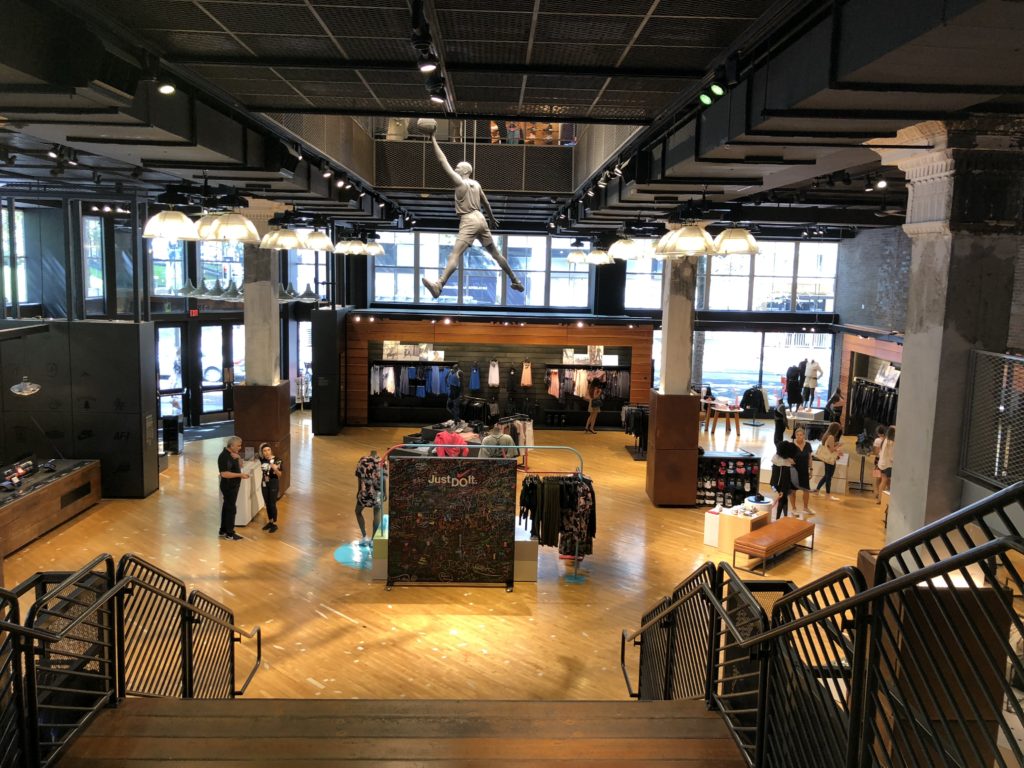
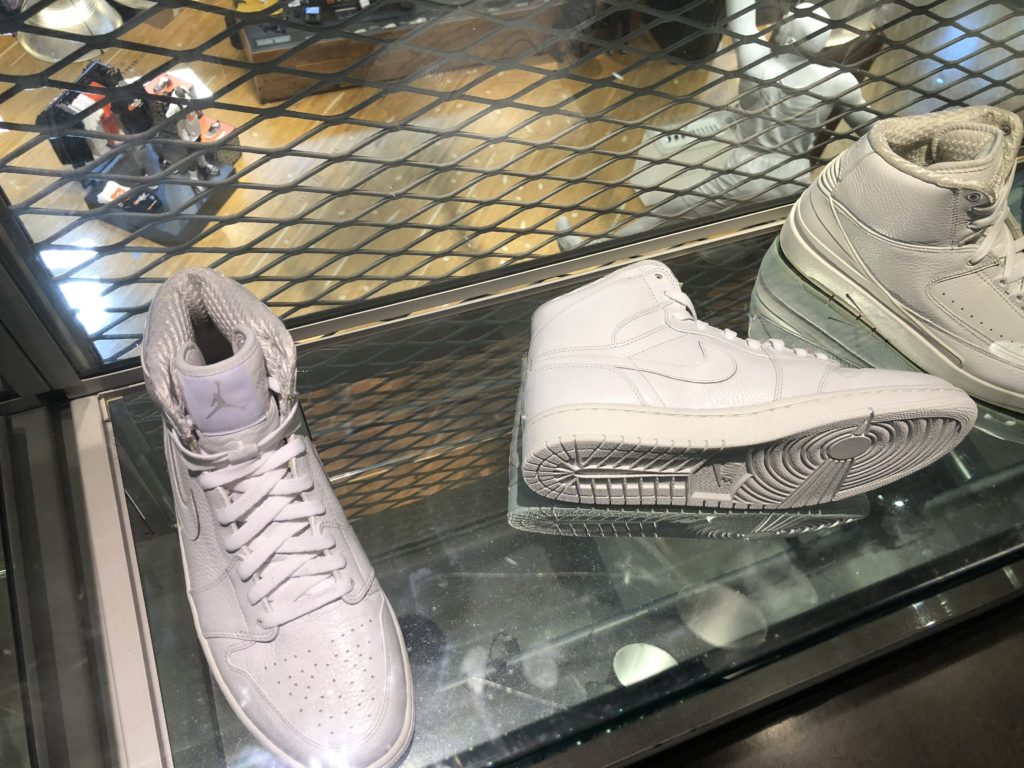

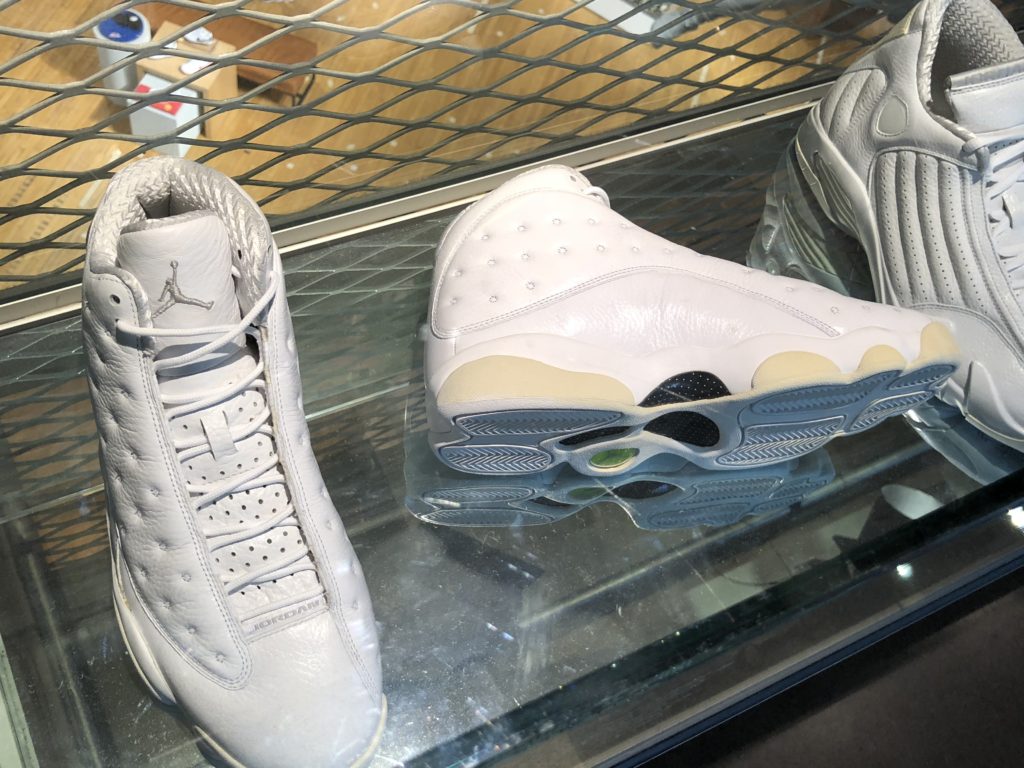
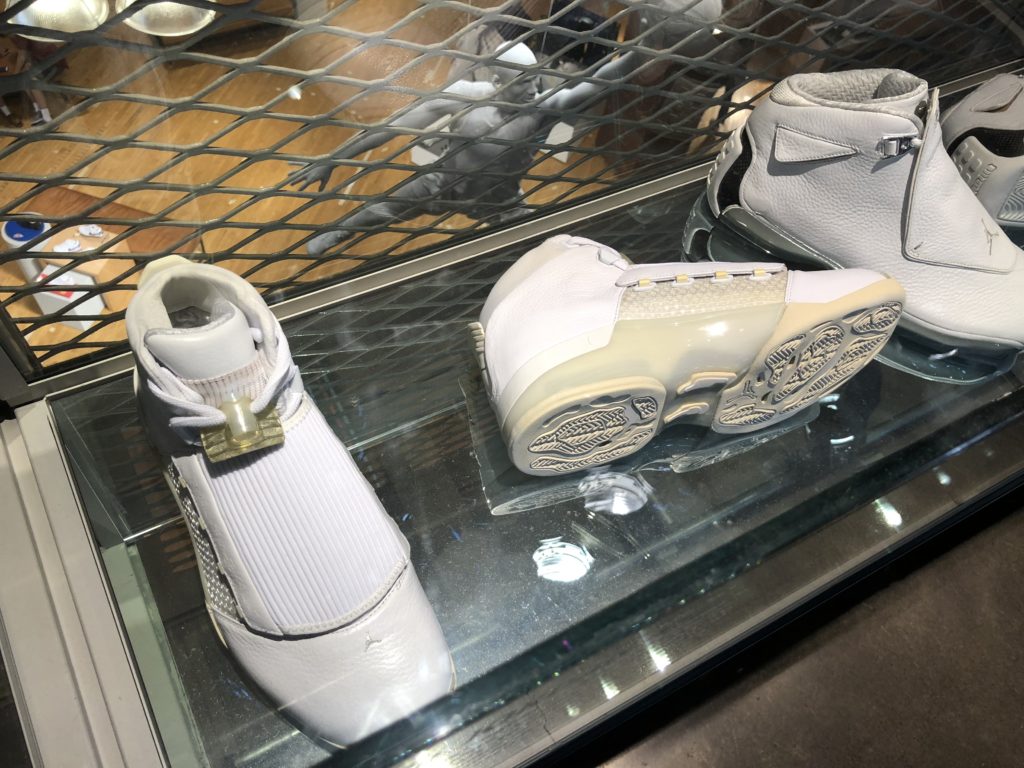

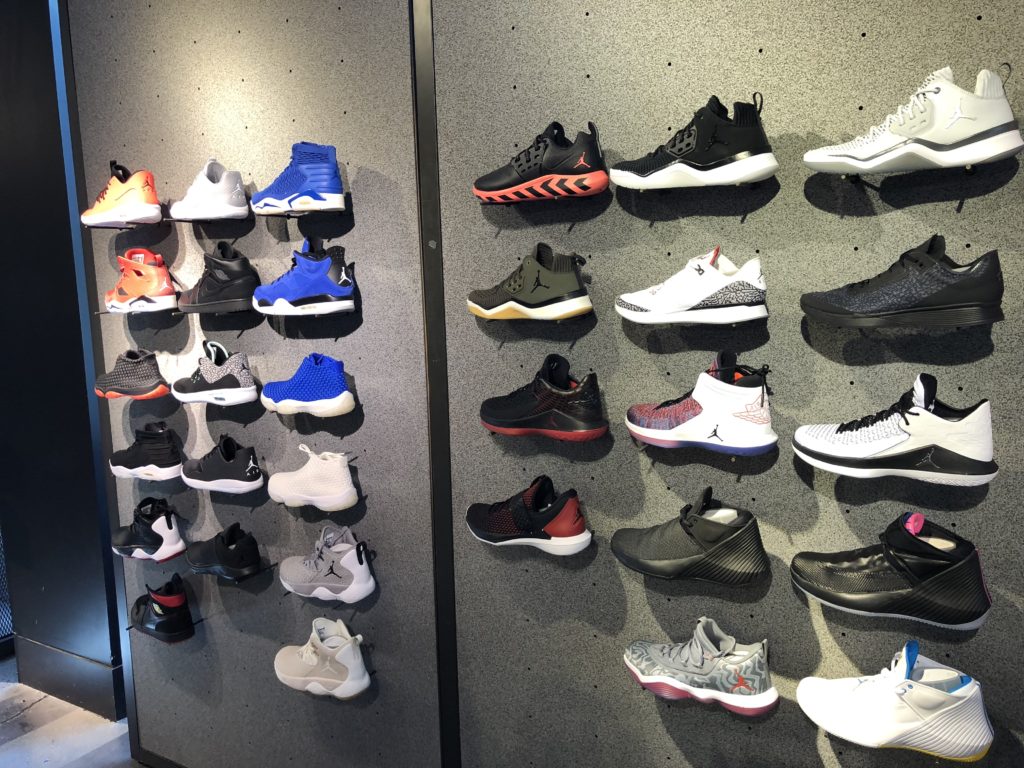
Nike isn’t the only footwear and apparel company in town. Big names like Adidas, Columbia, LaCrosse, Dr. Martins, etc., all have US headquarters here, forming a business cluster in the city.
Portland is also known as the ‘City of Roses’. It’s climate is ideal for the growing of roses – warm, dry summers and cool, rainy winters. The large Rose Garden at the city’s Washington Park was the place to see the city’s best on display. Ella was in her element. I had walked into a trap. A lengthy photo shoot followed.
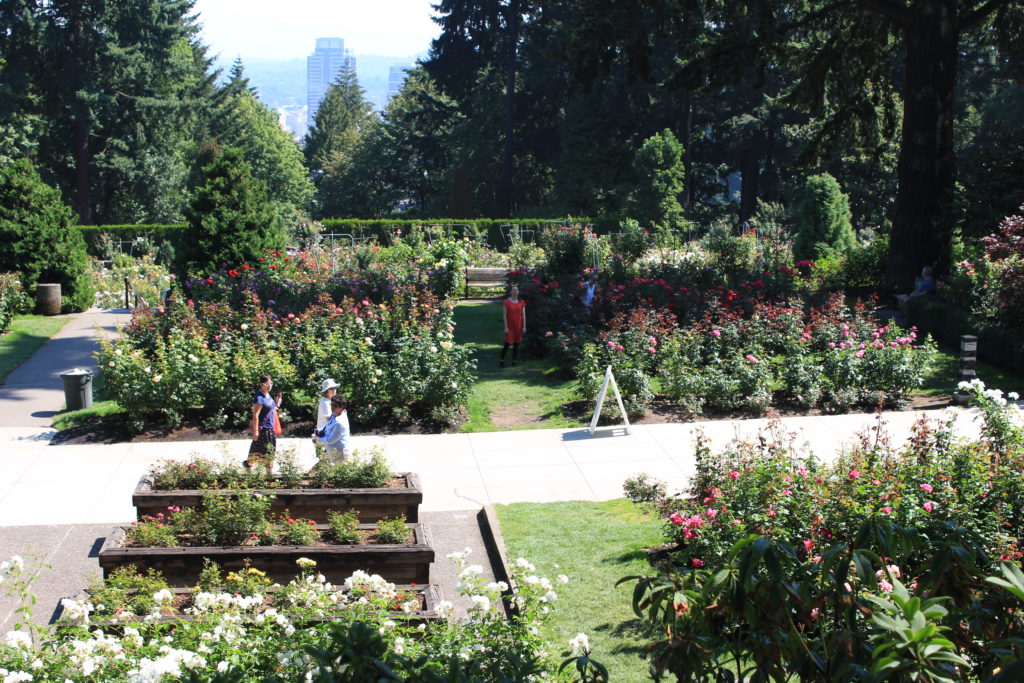

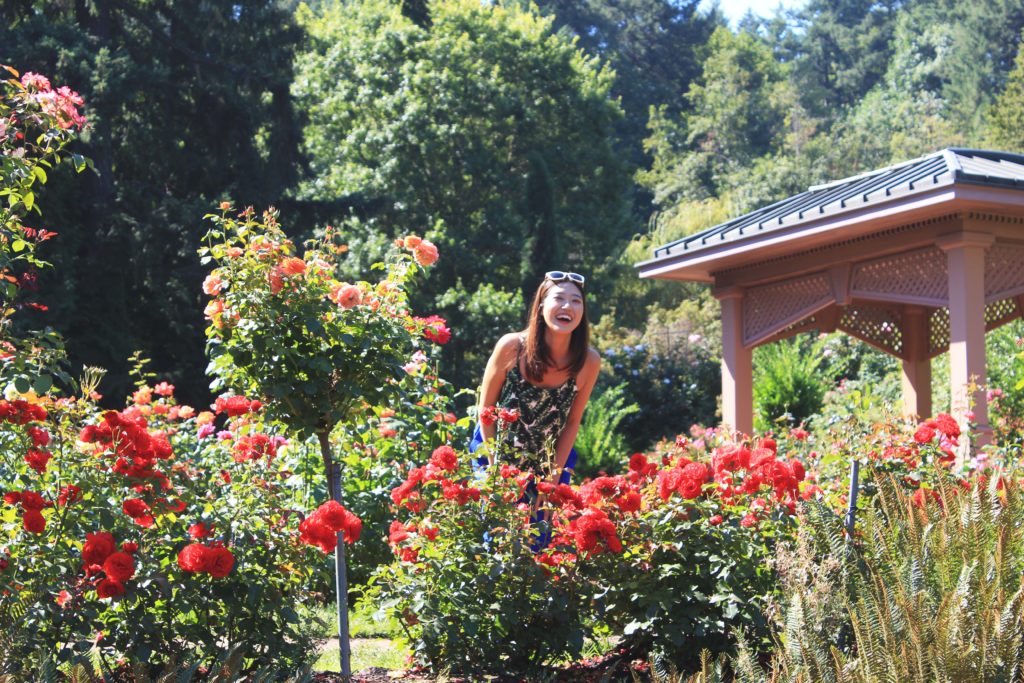

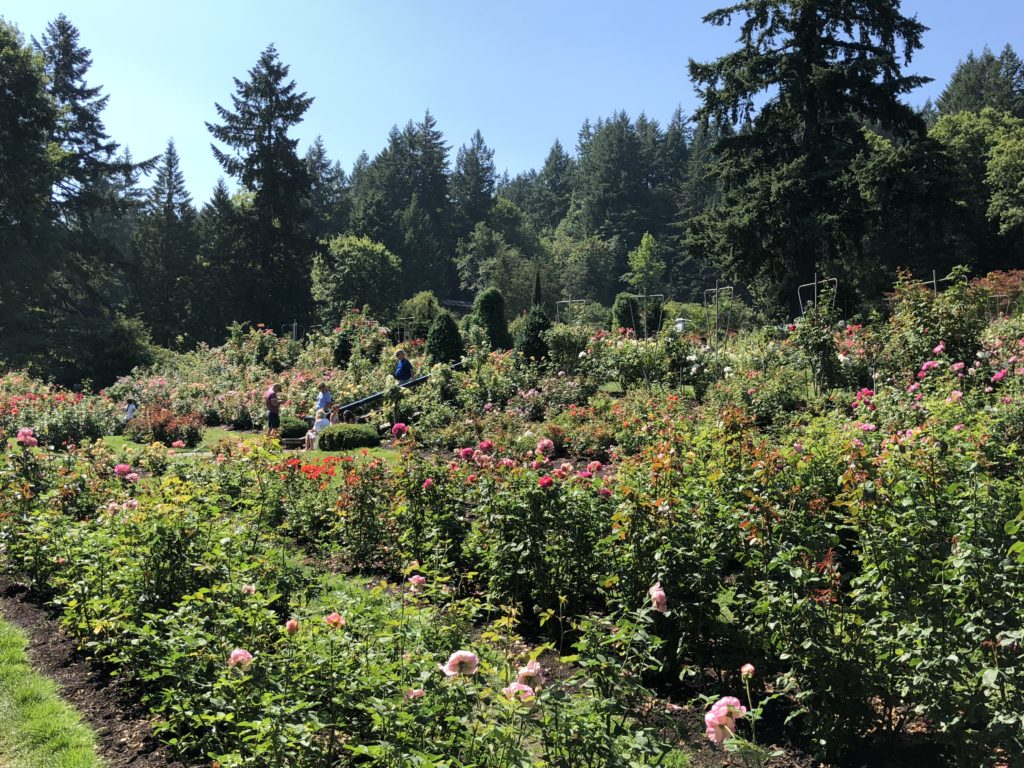
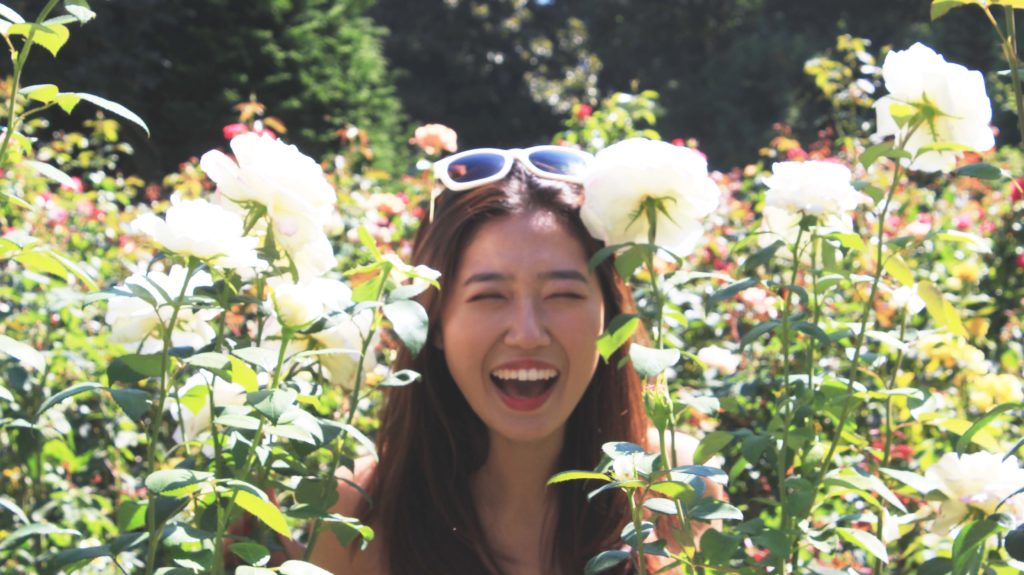
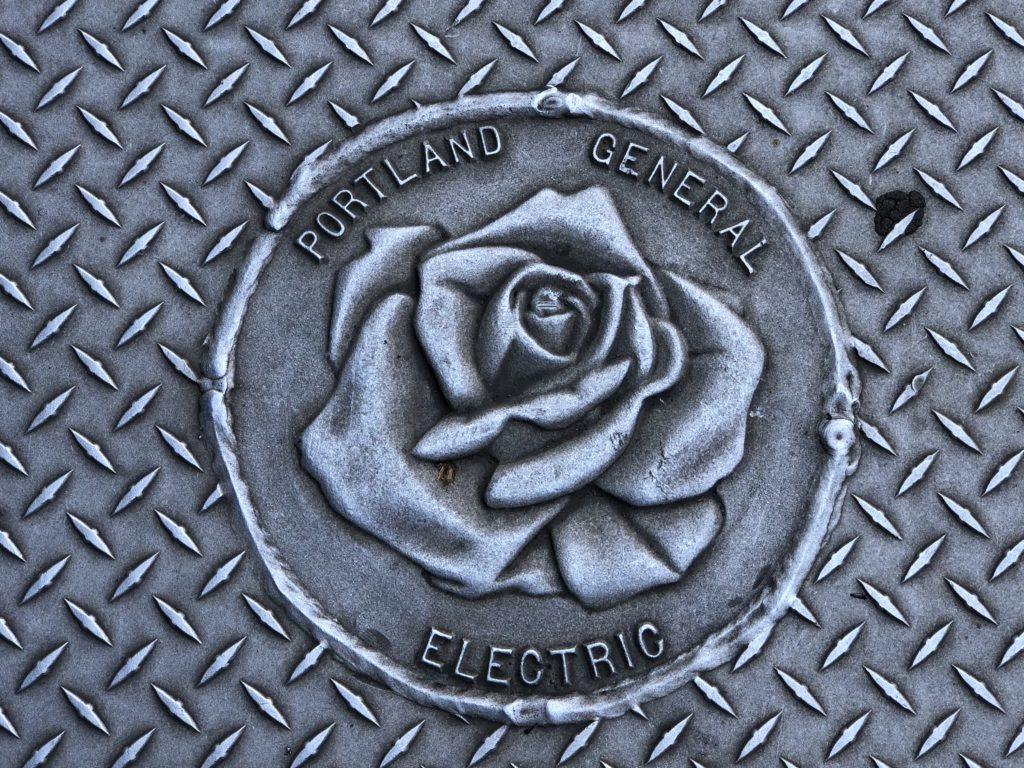
Politically, Portland leans hard to the left – registered Democrats outnumber Republicans by 5:1. We saw some evidence of this on people’s bumper stickers – supporting politicians like Barack Obama and Bernie Sanders.
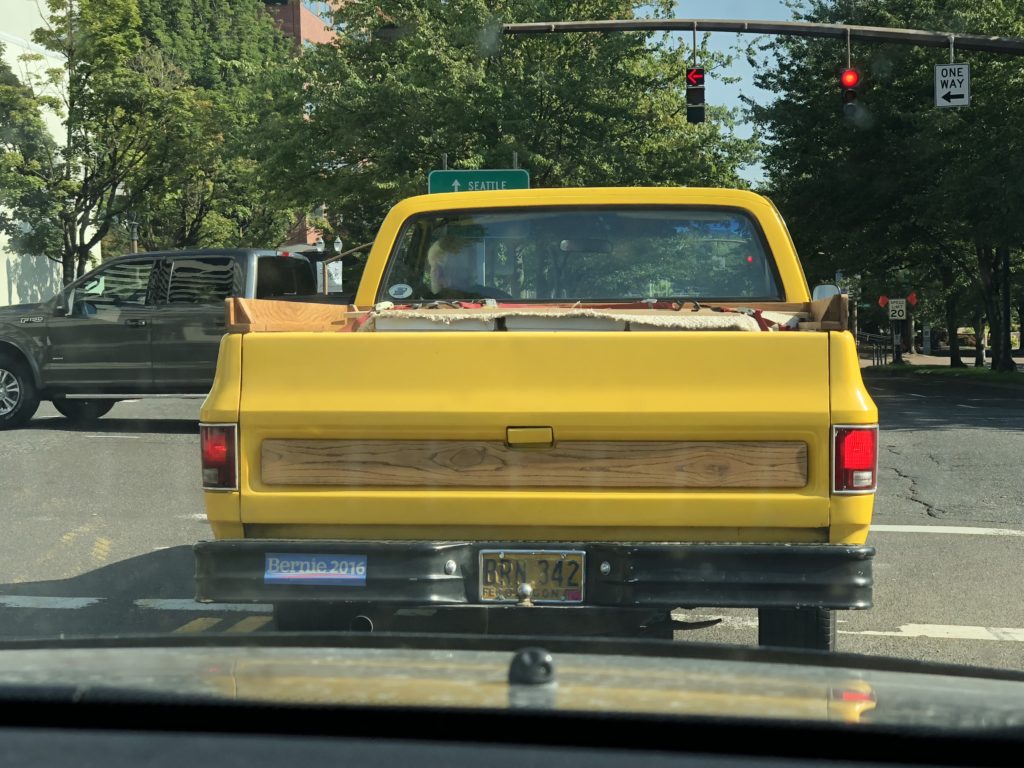
After spending a fun few days wandering around this hipster enclave (not a clean-shaven chin in sight), we packed up the car and headed south, towards the mysterious Crater Lake.

